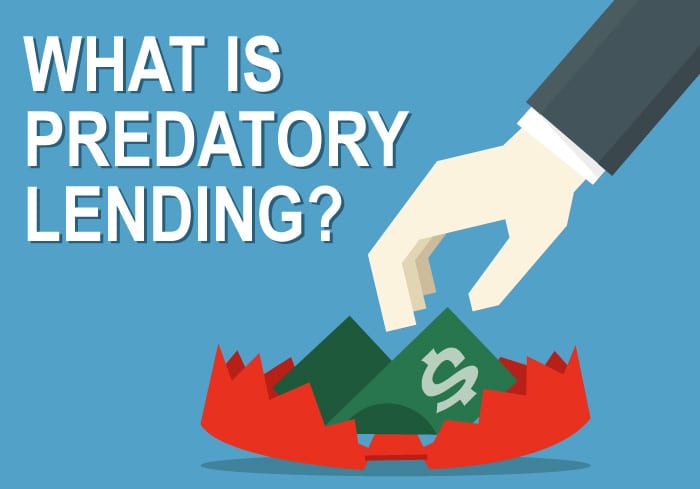Predatory lending is a critical issue affecting borrowers worldwide. It involves deceptive, unfair, or abusive lending practices that take advantage of unsuspecting borrowers. Recognizing and understanding these practices is pivotal in safeguarding oneself from financial exploitation.
Chapter 1: Identifying Predatory Lending
Predatory lending encompasses various strategies used by lenders to exploit borrowers. These practices often include:
- High-Interest Rates: Lenders impose exorbitant interest rates, leading to overwhelming debt accumulation for borrowers.
- Hidden Fees and Charges: Concealed fees within loan agreements can significantly inflate the total repayment amount.
- Loan Flipping: Repeatedly refinancing loans, resulting in additional fees and increased debt burden for the borrower.
- Balloon Payments: Unusually large payments required at the end of a loan term, catching borrowers off guard.
- Prepayment Penalties: Punitive fees for early loan repayment, limiting borrowers’ financial flexibility.
Protecting Yourself from Predatory Lending
As a borrower, there are crucial steps to shield yourself from falling victim to predatory lending practices:
Conduct In-Depth Research
Before engaging with any lender, conduct thorough research. Scrutinize the lender’s reputation, reviews, and track record. Verify their credentials and ensure they are licensed to operate in your state or region.
Understand Loan Terms and Conditions
Carefully review all loan terms and conditions. Pay close attention to interest rates, fees, repayment schedules, and penalties. Seek clarification on any ambiguous clauses or unclear terms before signing any documents.
Compare Offers
Don’t settle for the first offer presented. Explore multiple lenders, comparing interest rates, fees, and repayment options. Assess the overall cost and implications of each offer before making a decision.
Seek Financial Counseling
Consult with a financial advisor or counselor to gain insights into loan options and potential red flags. Their expertise can assist in navigating complex financial jargon and understanding the long-term implications of borrowing.
Be Cautious with Online Lenders
While online lenders may offer convenience, exercise caution. Verify the legitimacy of online lenders and thoroughly scrutinize their terms. Beware of unsolicited offers or lenders requesting sensitive personal information without proper verification.
Conclusion
Avoiding predatory lending practices requires vigilance and informed decision-making. By understanding the tactics used by unscrupulous lenders and taking proactive measures to protect oneself, borrowers can navigate the lending landscape more confidently.
Remember, education and awareness are potent tools in combating predatory lending. Stay informed, ask questions, and prioritize financial literacy to safeguard your financial well-being.
